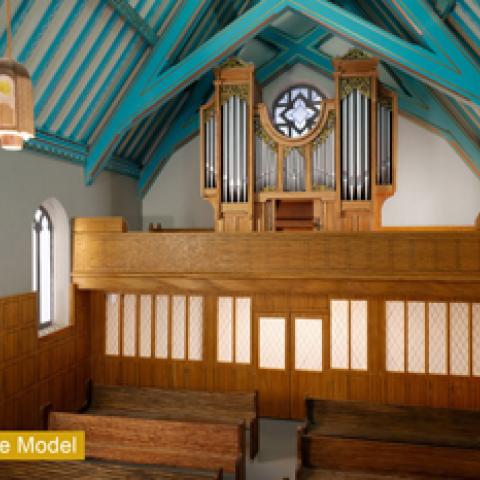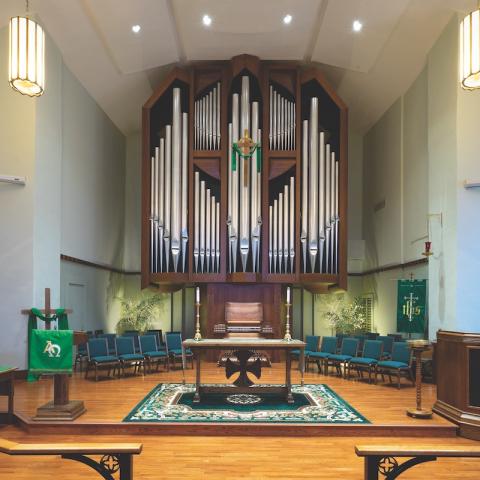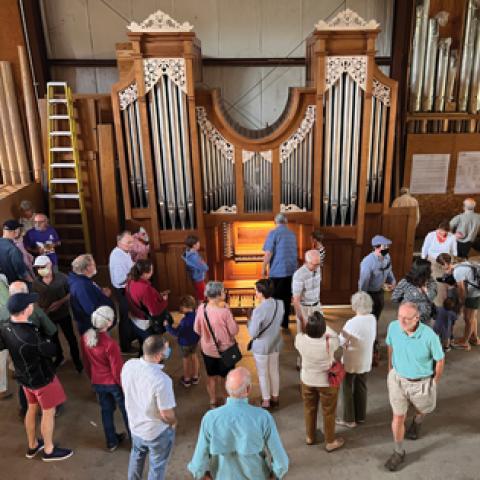
C. B. Fisk will hold an open house at their Gloucester workshop to celebrate the creation their Opus 153.
Saturday, April 6, 2 pm–6 pm
See and hear Opus 153, tour the shop, and learn about the art and craft of organ building.
Opus 153
Wesley United Methodist Church
Muscatine, Iowa
3 manuals • 39 stops • 34 independent voices
C.B. Fisk, Inc.
21 Kondelin Road
Gloucester, Massachusetts 01930
978/ 283-1909
(1:16 scale model shown)







